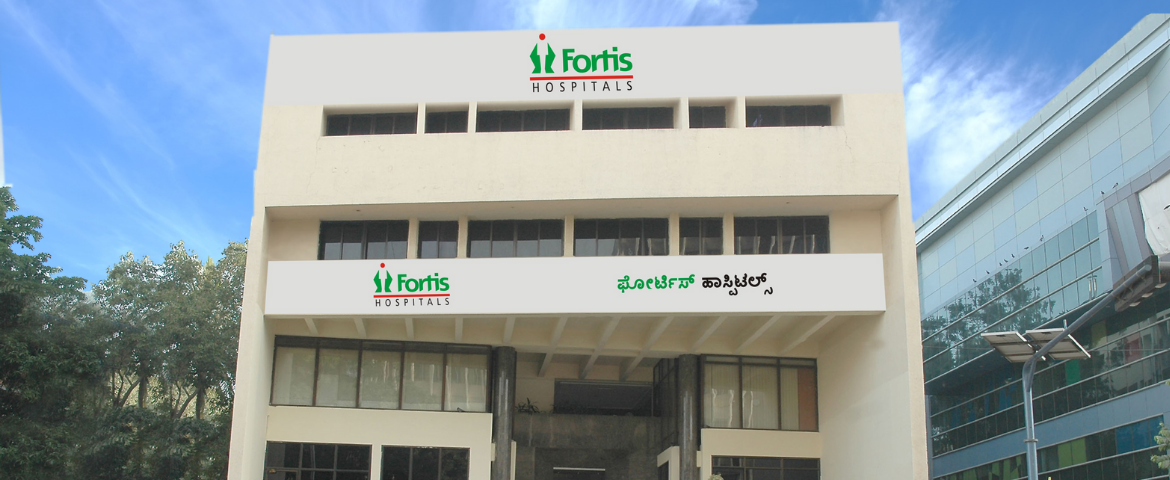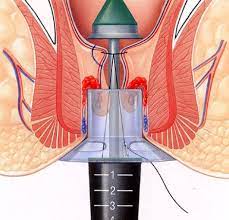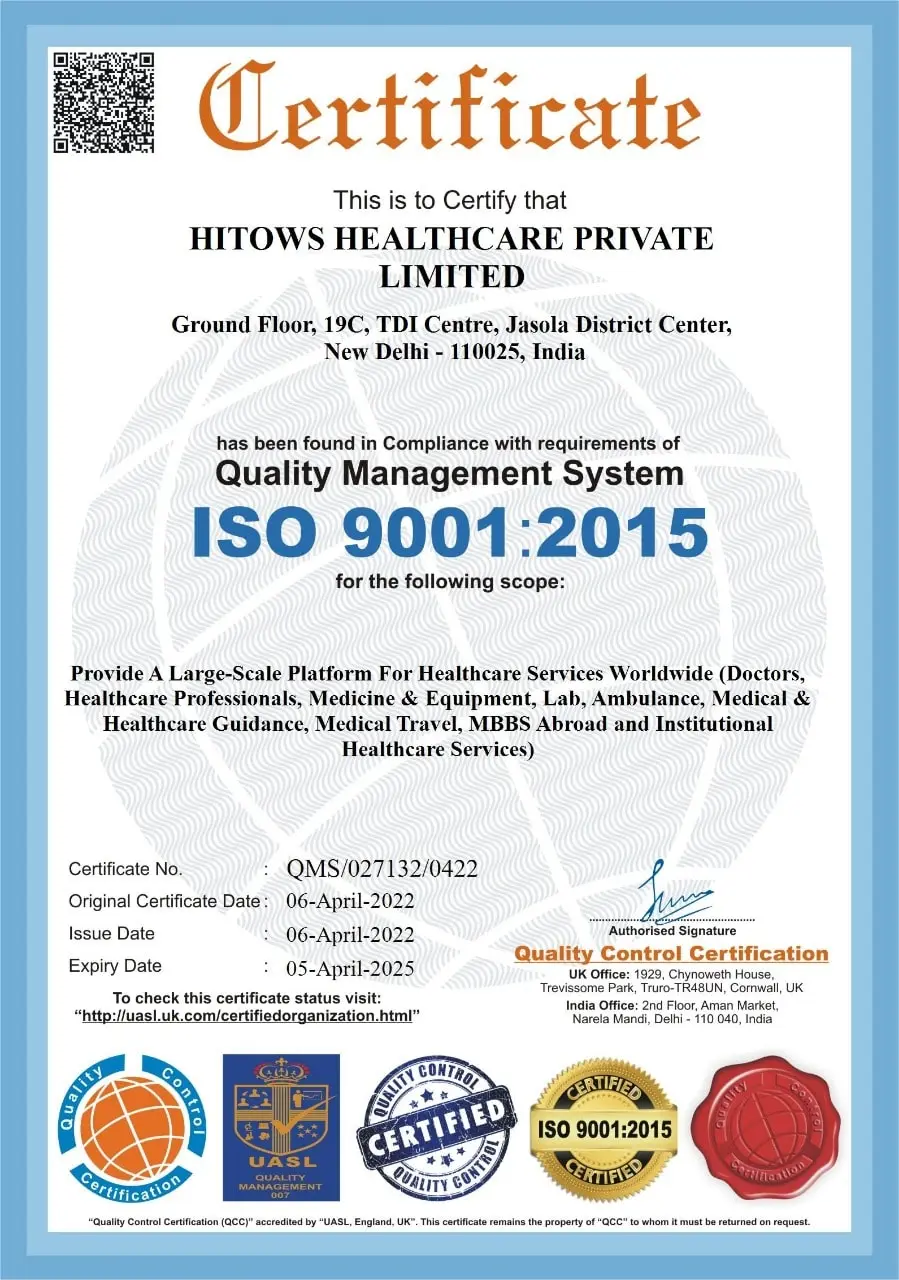Haemorrhoidectomy Stapled cost in Canada
Haemorrhoidectomy Stapled
Stapled hemorrhoidopexy, also known as stapled hemorrhoidectomy, is a procedure that removes hemorrhoidal tissue using a stapling instrument.
A hollow, circular tube is carefully placed into the anal canal during the stapled haemorrhoidectomy technique, through which a suture is threaded and woven into the anal canal above the internal haemorrhoids - the suture ends are dragged back out of the anus through the tube.
Disease Overview:
Hemorrhoids
An anal fistula is a small tunnel that develops between the end of the bowel and the skin near the anus (where poo leaves the body). They're usually the result of an infection near the anus causing a collection of pus (abscess) in the nearby tissue. When the pus drains away, it can leave a small channel behind.
Signs and Symptoms
The signs and symptoms of an anal fistula include:
- Frequent anal abscesses.
- Pain and swelling around the anus.
- Bloody or foul-smelling drainage (pus) from an opening around the anus.
- Irritation of the skin around the anus from drainage.
- Pain with bowel movements.
- Bleeding.
- Fever, chills and a general feeling of fatigue.
Disease Causes
The leading causes of an anal fistula are clogged anal glands and anal abscesses. Other, much less common, conditions that can cause an anal fistula include:
- Crohn?s disease (an inflammatory disease of the intestine)
- Radiation (treatment for cancer)
- Trauma
- Sexually transmitted diseases
- Tuberculosis
- Diverticulitis (a disease in which small pouches form in the large intestine and become inflamed)
- Cancer
Diagnosis:
Your doctor can usually diagnose an anal fistula by examining the area around the anus. He or she will look for an opening (the fistula tract) on the skin. The doctor will then try to determine how deep the tract is, and the direction in which it is going. In many cases, there will be drainage from the external opening.
Some fistulas may not be visible on the skin's surface. In this case, your physician may need to perform additional tests:
An anoscopy is a procedure in which a special instrument is used to see inside your anus and rectum.
Your physician may also order an ultrasound or MRI of the anal area to get a better view of the fistula tract.
Sometimes your surgeon will need to examine you in the operating room (called exam under anesthesia) to diagnose the fistula.
If a fistula is found, your physician may also want to do further tests to see if the condition is related to Crohn's disease. Among these studies are blood tests, X-rays and colonoscopy. A colonoscopy is a procedure in which a flexible, lighted instrument is inserted into the colon via the anus. It is performed under conscious sedation, a type of light anesthetic.
Disease Treatment:
Surgery is almost always necessary to cure an anal fistula. The surgery is performed by a colon and rectal surgeon. The goal of the surgery is a balance between getting rid of the fistula while protecting the anal sphincter muscles, which could cause incontinence if damaged.
Fistulas in which there is no or little sphincter muscle involved are treated with a fistulotomy. In this procedure, the skin and muscle over the tunnel are cut open to convert it from a tunnel to an open groove. This allows the fistula tract to heal from the bottom up.
In the case of a more complex fistula, the surgeon may have to place a special drain called a seton, which remains in place for at least 6 weeks. After a seton is placed, a second operation is almost always performed:
A fistulotomy, or An advancement flap procedure (the fistula is covered with a flap, or piece of tissue, taken from the rectum, like a trap door), or A lift procedure (the skin above the fistula is opened up, the sphincter muscles are spread, and the fistula is tied off).
Fistulectomy is a surgical procedure where a fistulous tract is excised (cut out) completely. This procedure is done to remove a perianal fistula that can form after someone develops a perianal abscess.
Country wise cost comparison for Haemorrhoidectomy Stapled:
| Country | Cost |
|---|---|
| India | $2025 |
| Canada | $4173 |
Treatment and Cost
7
Total Days
In Country
- 2 Day in Hospital
- 2 No. Travelers
- 5 Days Outside Hospital
Treatment cost starts from
$0
Popular Hospital & Clinic
Featured Hospital
0 Hospitals
Related Packages
More Related Information
Some of the top rated doctors are:
- India




